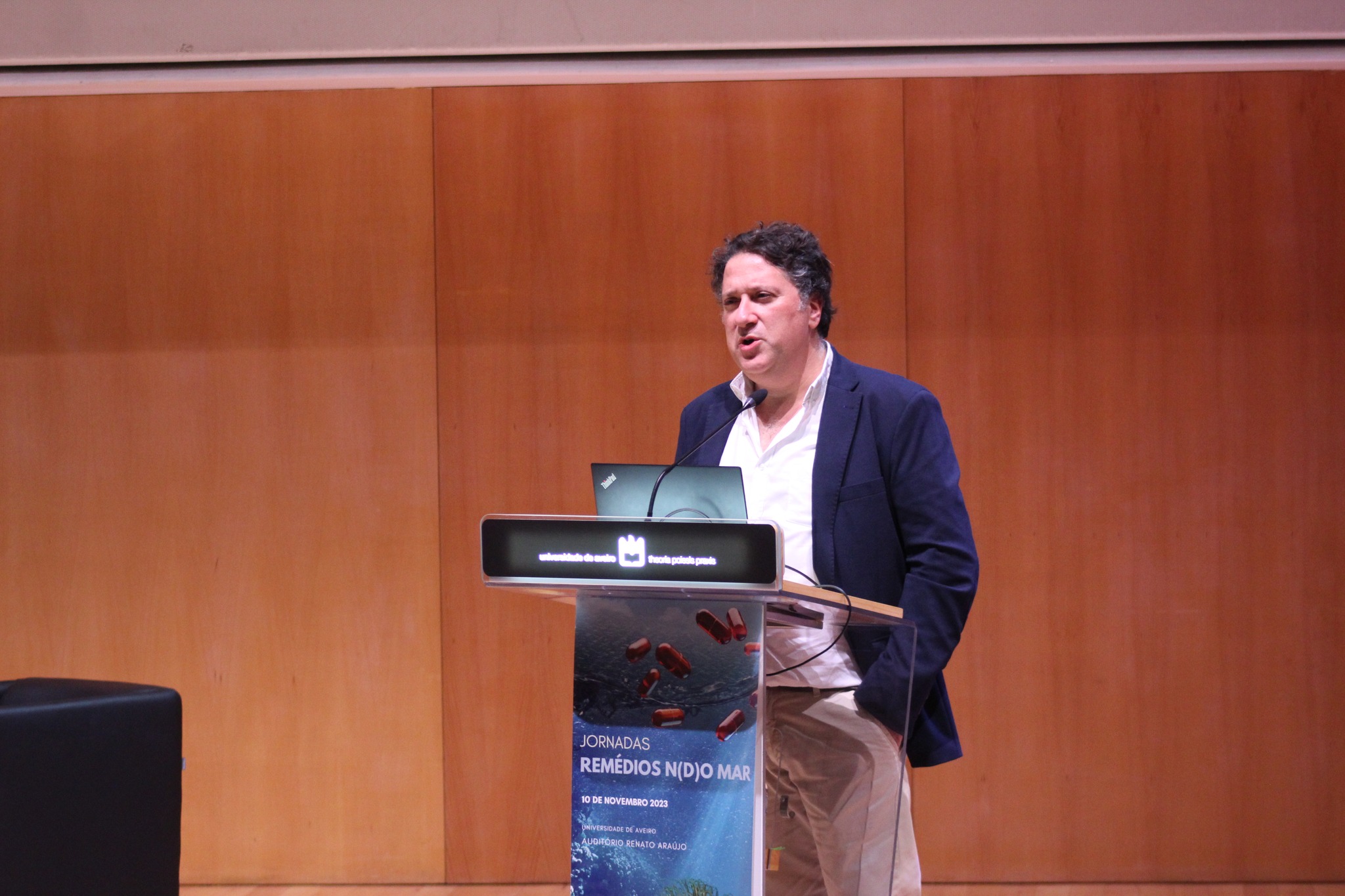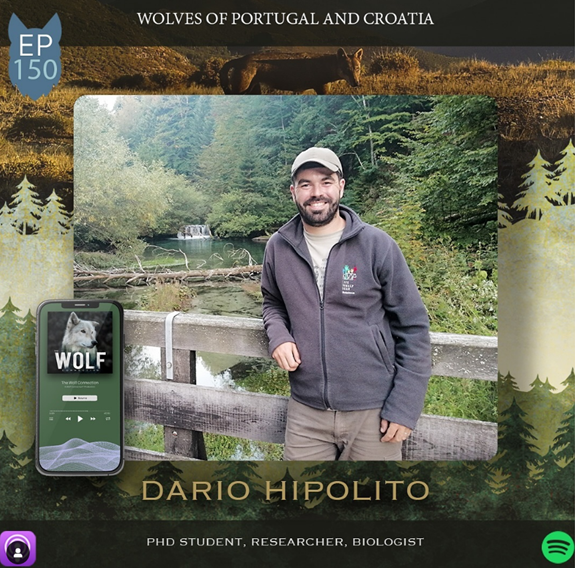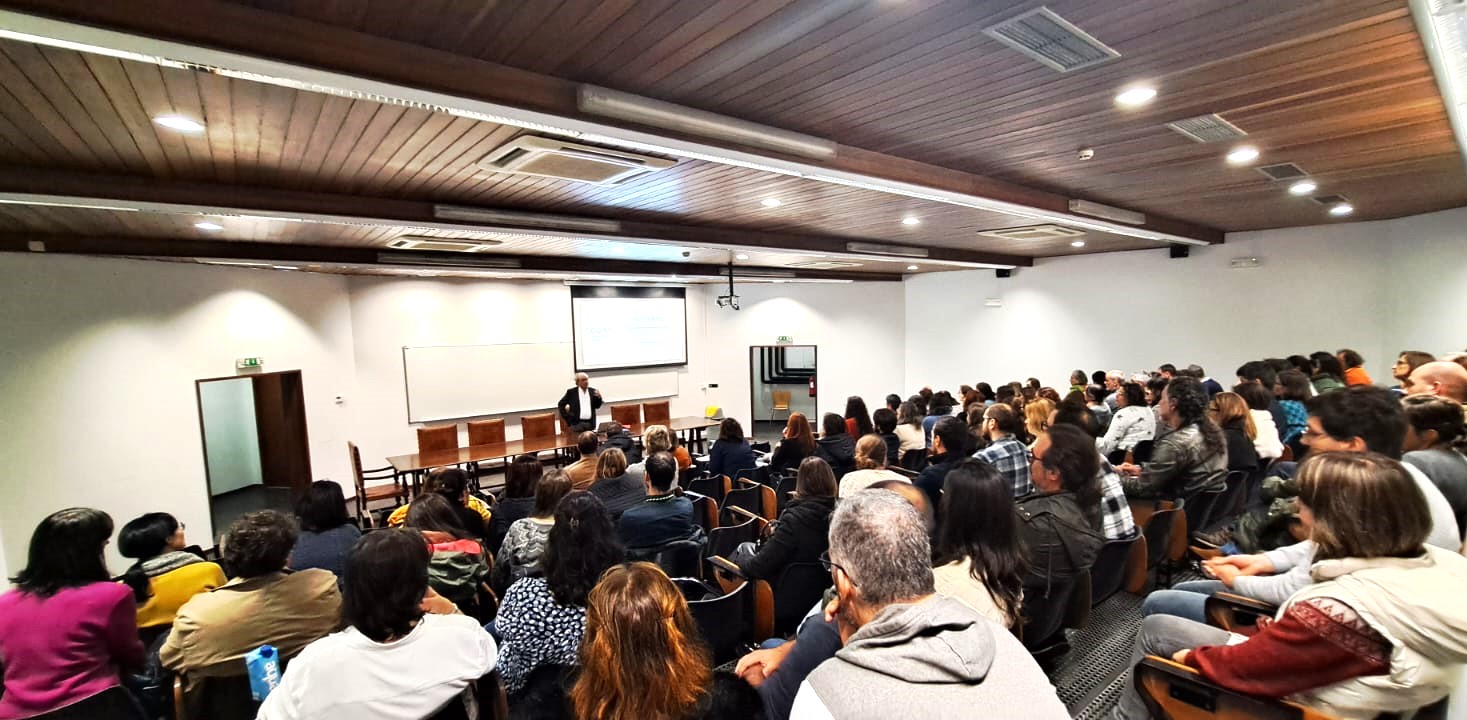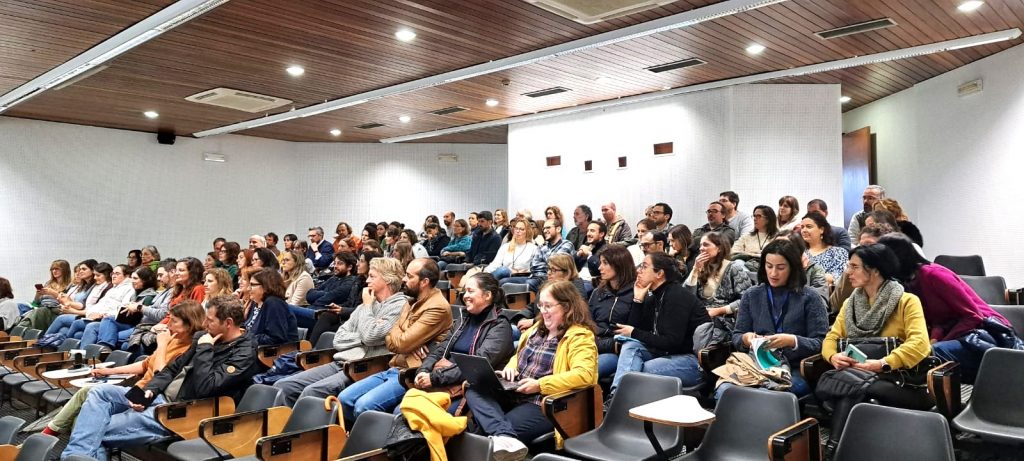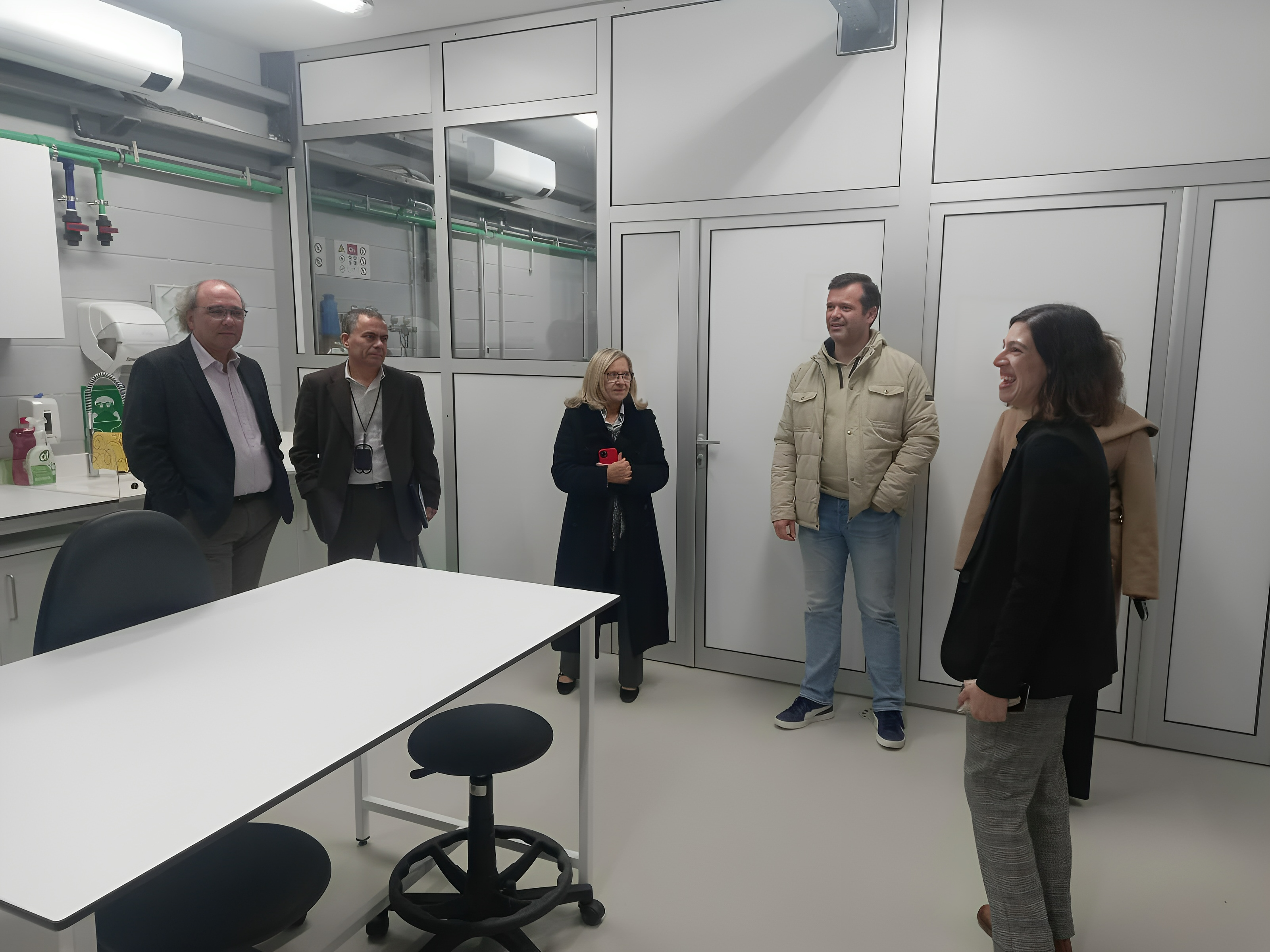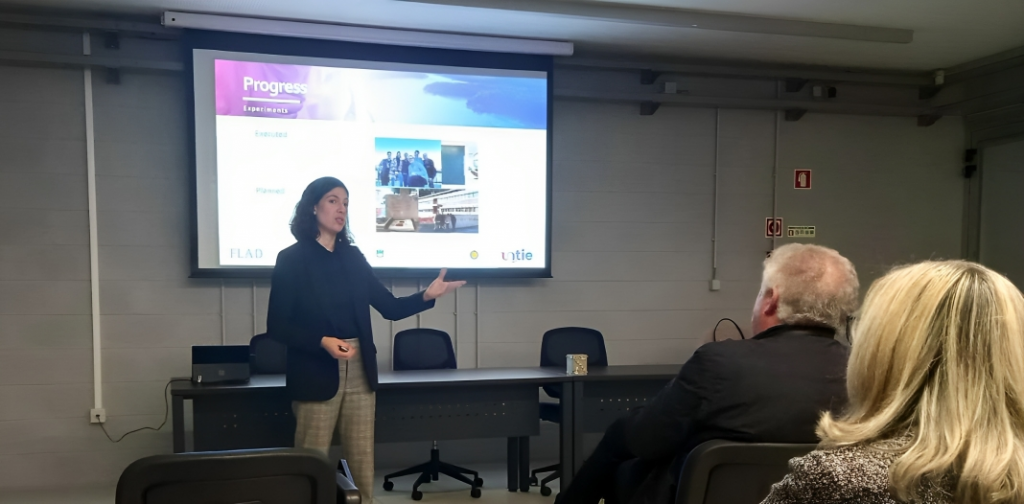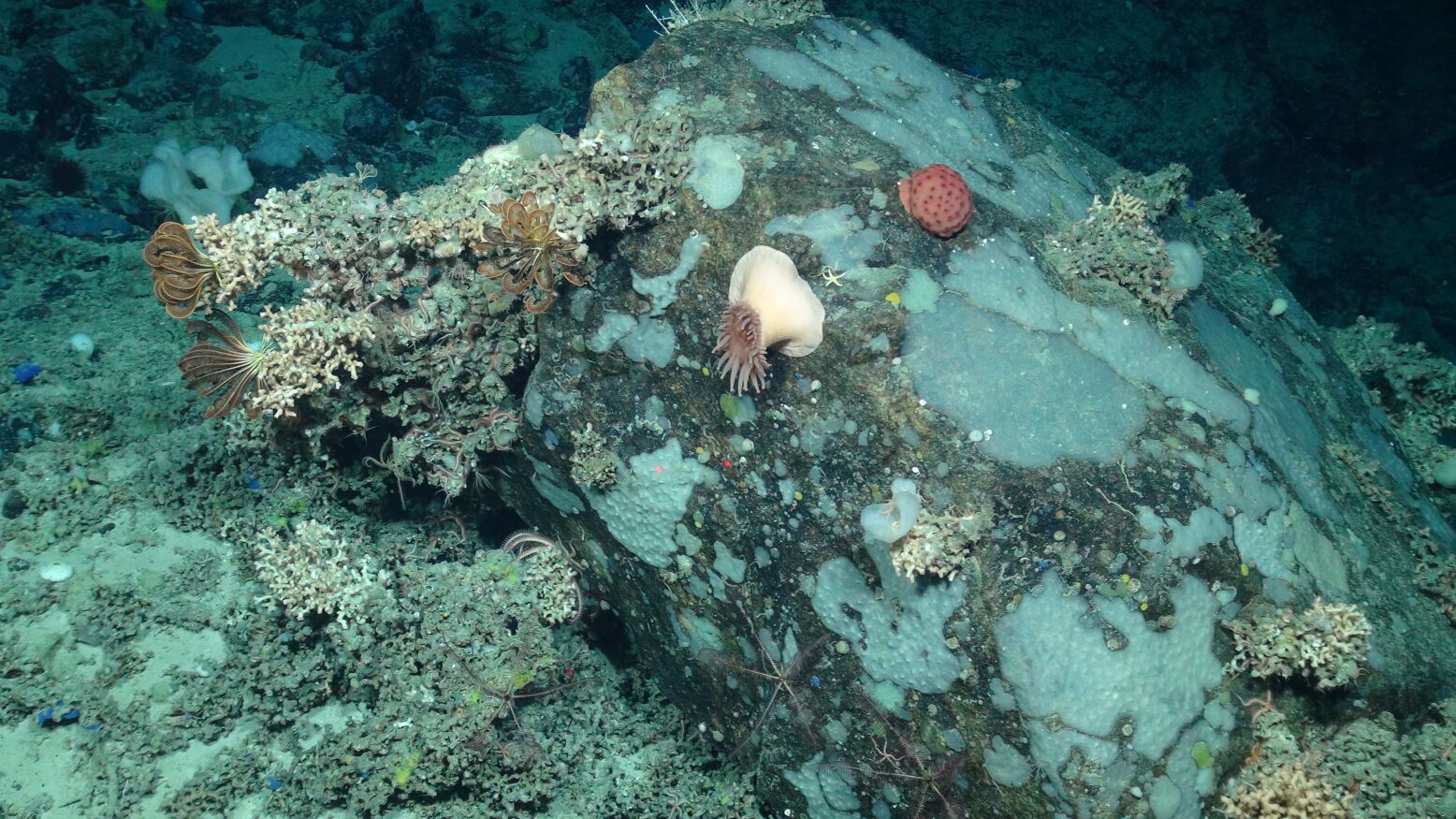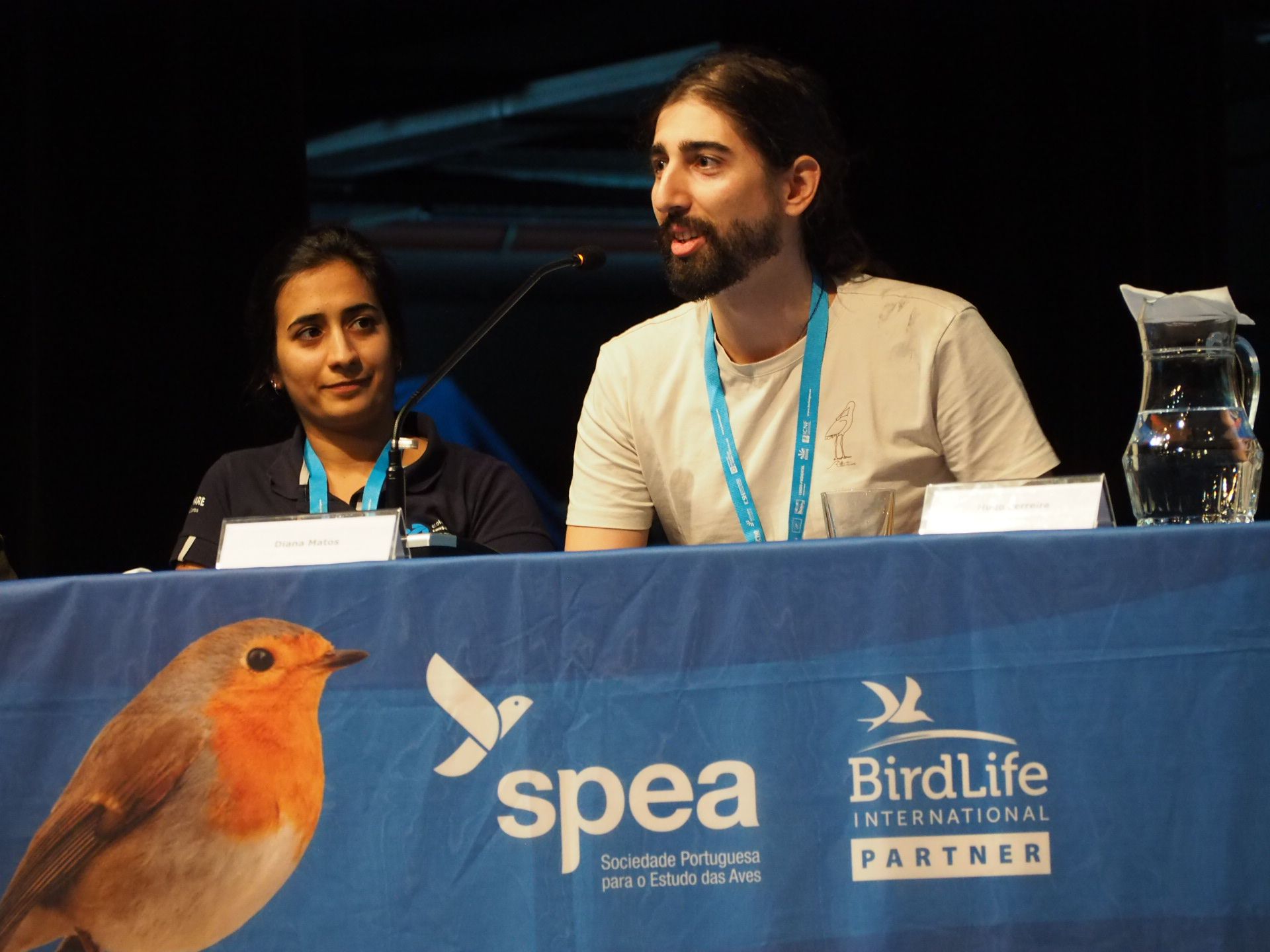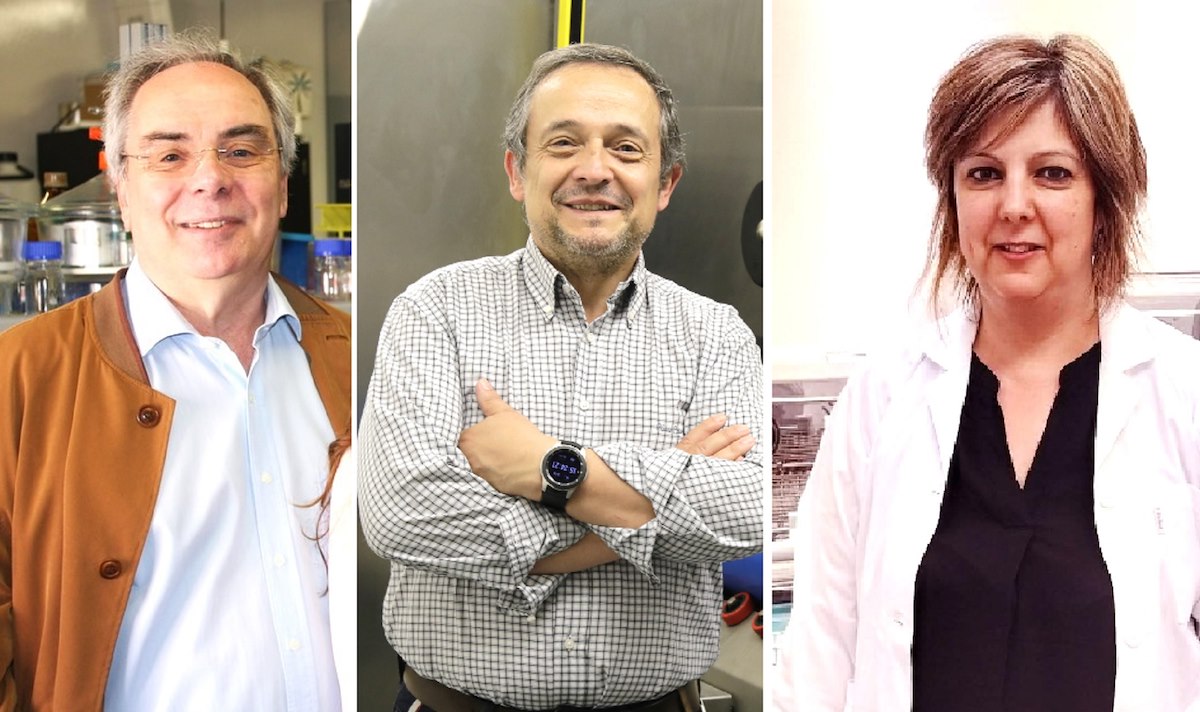CESAM sought to learn more about the LIFE SeagrassRIAwild project, coordinated by researcher Pedro Coelho.
In an exclusive interview, the motivations behind the conception of the project, its potential impact on the preservation of seagrass meadows in the Ria de Aveiro, and the vision for the next seven years were discussed.
Follow this interview and learn more about this project.
CESAM: What were the reasons and inspiration behind the creation of the proposal that led to the LIFE SeagrassRIAwild project?
Pedro Coelho: The LIFE SeagrassRIAwild proposal follows several years of the team’s work in this field (namely the projects RemediGrass, ReMoliço BioPradaRia, and C-Grass), addressing various aspects related to the ecology, restoration of seagrass meadows, and their use as a nature-based solution in ecosystem rehabilitation, with a focus on the dominant species in the Ria de Aveiro, Zostera noltei. In parallel, small patches of Zostera marina were recently identified in the Mira branch, after decades in which this species was not observed in the system. The presence of Zostera marina suggests that the current environmental conditions in the Ria de Aveiro are conducive to its restoration, justifying an initial project (FITA) with the aim of triggering actions for its protection and recovery.
Simultaneously, the importance of ecological restoration of ecosystems has gained prominence internationally, both at the European level (The European Green Deal, the Biodiversity Strategy for 2030, and the climate change adaptation strategy, as well as the future European Ecological Restoration Law) and globally (The United Nations Decade on Ecosystem Restoration), resulting in more funding opportunities. Taking into account the current political receptivity, the natural resurgence of the species in the system, and its historical and ecological importance to the Ria de Aveiro, we considered that this was the right time to advance with a large-scale restoration project in the system.
CESAM: What is the magnitude of the contribution you expect this project to have on the recovery and conservation of seagrass meadows in the Ria de Aveiro?
Pedro Coelho: The LIFE SeagrassRIAwild project proposes a paradigm shift for the ecological restoration of seagrass meadows, not only in the Ria de Aveiro but globally, by using the mariculture concept (cultivation in controlled conditions, in former salt pans of the University of Aveiro that will be converted for this purpose). This will serve as a source of biomass and seeds necessary for the implementation of large-scale recolonization programs, without causing impacts on donor plains.
We will promote the involvement of the academic community, local authorities, national environmental agencies, NGOs, user associations, and citizens in the co-creation and implementation of restoration solutions and actions to increase acceptance, involvement, and investment from all local actors in the project. The goal is for the recovery process of seagrass meadows in the Ria de Aveiro to be not just a scientific project of the academy but a project and movement for the entire region, with a significant citizen science foundation.
Finally, the project aims to contribute not only to the ecological restoration of seagrass meadows but potentially to put these communities at the service of the population by exploring innovative nature-based solutions for managing navigability of access channels to docks and marinas that, if effective, have the potential to integrate routine processes of ports, marinas, and management authorities and potentially minimize the dredging needs currently observed.
CESAM: Seven years from now, what scenario do you expect to have achieved as a result of this project, in terms of impact and changes in seagrass meadow areas?
Pedro Coelho: The objectives we set are ambitious but based on the quality and experience of the consortium. We estimate being able to colonize an area of 12 hectares with Zostera marina, divided into 8 hectares inside the salt pans and 4 hectares in various channels of the Ria. The goal will be to expand these areas after the 7 years of the project based on the project’s legacy, including the mariculture infrastructure and the established volunteer network.
Simultaneously, we estimate a positive impact of the project’s actions on various levels. Firstly, on local biodiversity, with a special focus on threatened species such as seahorses or eels, closely associated with seagrass meadows. On the other hand, considering the relevant role of seagrass meadows in carbon sequestration, we estimate that the transplanted area could fix up to about 30 tons of CO2 per year, a significant contribution to reducing greenhouse gas emissions. Finally, we anticipate that the presence of green corridors of seagrasses along the edges of navigation channels will serve as a particle filter and reduce sedimentation rates in these channels, minimizing the need for dredging and associated negative effects.
CESAM: Thank you very much for your participation in this interview and for sharing these insights about LIFE SeagrassRIAwild. We hope, in the future, to share some initiatives and results within the scope of this project.

